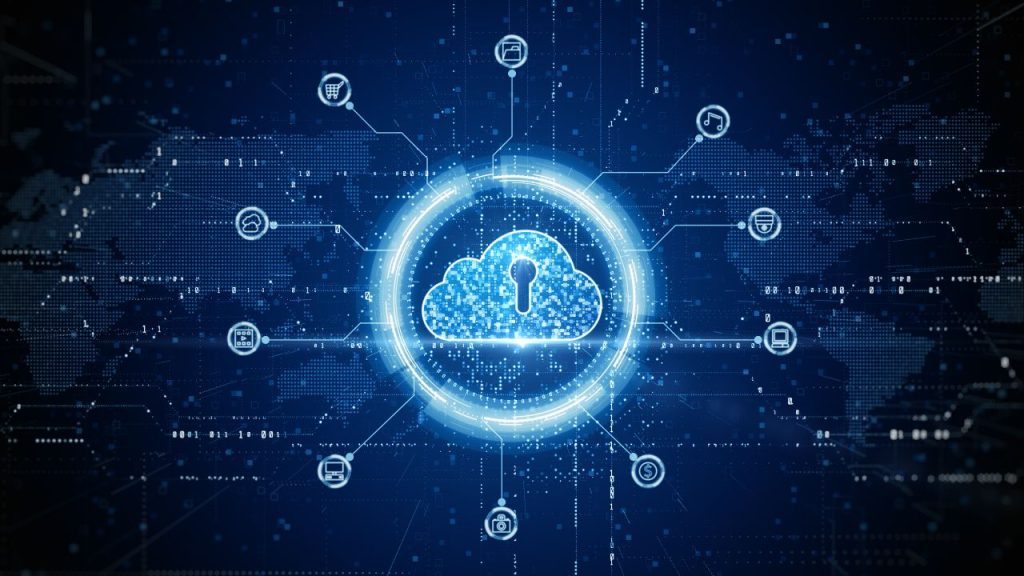Why Your Company Needs a SIEM System

Information technology is developing steadily year by year. The positive side of this process is the simplification of doing business. But there are also negative consequences of progress – an increase in the number of information flows does not allow you to control everything manually, including ensuring the information security of the organization at the proper level. One of the solutions to this problem is managed SIEM services, and in this article, we will look at the features of this solution.
What Is SIEM?
The SIEM system is designed to keep track of all data flows and activities that take place on the network. In this case, criminals will not be able to steal important information. The modern world is quite demanding: hackers rarely act directly, trying to get important information through topology errors and network problems.
The principle of operation of SIEM is quite simple. The solution is designed to collect data from various sources and analyze them in detail. If necessary, data transmission is blocked. This happens if the system recognizes them as unauthorized. In addition, the system collects and organizes data, and analyzes user behavior, comparing it with past actions. Hazards are identified, and alerts and warnings are issued. A separate step is the integration of SIEM into an antivirus solution. So, the network perimeter is more secure.
Each SIEM system consists of components and models responsible for certain actions:
- Authentication and access control. The module is able to track what and when should access information;
- DLP. Systems notify if there were any attempts to display important information beyond the network perimeter;
- IPS/IDS. Tracking attacks with their transfer to the level where the fight against this type of intrusion is carried out;
- Antiviruses. These solutions send notifications about detected threats to the system;
- Firewall. Collection of information about dangerous activities in the network, dangerous software found;
- Equipment. Traffic is accounted for and user access to data streams is controlled.
Why Your Company Needs to Implement a SIEM System
The main task of SIEM is to analyze network data and compare the statistics obtained with past periods. For example, when certain actions are performed, a script can be launched. The system monitors this launch and the next time similar actions will create an event that is recognized as suspicious. After that, the data will be transferred to an antivirus software specialist.
The SIEM system combines the functions of collecting, aggregating, analyzing, and managing security information in computer systems and enterprise networks. Here are some of the main reasons why an enterprise might need a SIEM system:
- Security incident detection and prevention. A SIEM system helps detect anomalous activity, potential cyber attacks, and security breaches based on the analysis of logs, events, and data from various sources. It allows you to quickly respond to incidents and take measures to prevent threats.
- Centralized storage and analysis of logs. A SIEM system collects and aggregates logs from various sources such as servers, network devices, applications, and other systems. This allows you to analyze the logs centrally, identify anomalies, look for links between events, and detect potential threats that could be missed by separately reviewing the logs.
- Incident response improvement. SIEM provides real-time alerts and alerts to potential threats. It allows you to quickly respond to incidents, determine their scope and priority, take appropriate actions to prevent the further spread of the threat, and restore security.
- Security and regulatory compliance. A SIEM system helps an enterprise comply with security and regulatory standards such as PCI DSS, HIPAA, GDPR, and more. It provides the ability to analyze and track activities related to sensitive data and personal information, as well as provide the necessary reporting to demonstrate compliance.
- Threat management and risk detection. A SIEM system helps identify vulnerabilities in an enterprise’s infrastructure and assess the level of risk. It provides information about potential threats and allows you to take action to address vulnerabilities, improve security, and manage risks.
Criteria That Allow Evaluating the Effectiveness of a SIEM System
Evaluation of the effectiveness of a managed SIEM service is necessary in order to understand the effectiveness of the settings and, if necessary, adjust them.
1. Number of event sources processed by the system.
The more of them, the more efficient the activity. At the same time, it is extremely important that an individual approach is required to any source. Increasing efficiency is quite possible if events are divided into categories and create a separate set of rules for each. After updating the network configuration and adding equipment, the categories can be updated independently of each other.
A plus, in this case, can be an automatic mode for detecting network changes, as well as automatic updating of the rules based on the capabilities of artificial intelligence. In addition, among the advantages of the system, the possibility of multi-level analysis and multi-threaded scanning stands out. This can significantly speed up the system, increase its efficiency and simplify adaptation to modern software.
2. Incident statistics and collection.
An effective system is reflected in the accuracy of identifying, analyzing, and filtering all incidents. The undoubted advantage is the ability to store raw events. It is important to note that the processing speed does not greatly affect the efficiency of the system. In addition, it will not be superfluous to monitor network traffic. You can find out the effectiveness of the system in real mode – manufacturers offer a trial version for this.
3. Event correlation.
The system is able to analyze information in real-time, and then perform behavioral analysis by comparing the data with previously available data. A good SIEM system provides the ability to manually analyze and work in multi-threaded mode.
4. Advantages of configuration.
An important criterion is a simple visual interface, and the presence of a cloud-based control panel, thanks to which a cybersecurity specialist can quickly respond to all events that take place. The centralized panel allows the specialist to quickly change templates for reports, privacy policies, etc.
Conclusion
SIEM systems are an effective tool in enterprise security. They provide a centralized platform for collecting, aggregating, analyzing, and managing security information, allowing you to detect and respond to potential threats. If you are looking for a managed SIEM services provider, then Under Defense is a great option. With Under Defense, you can count on reliable business protection with tools such as SOC, SIEM, MDR, and more.



